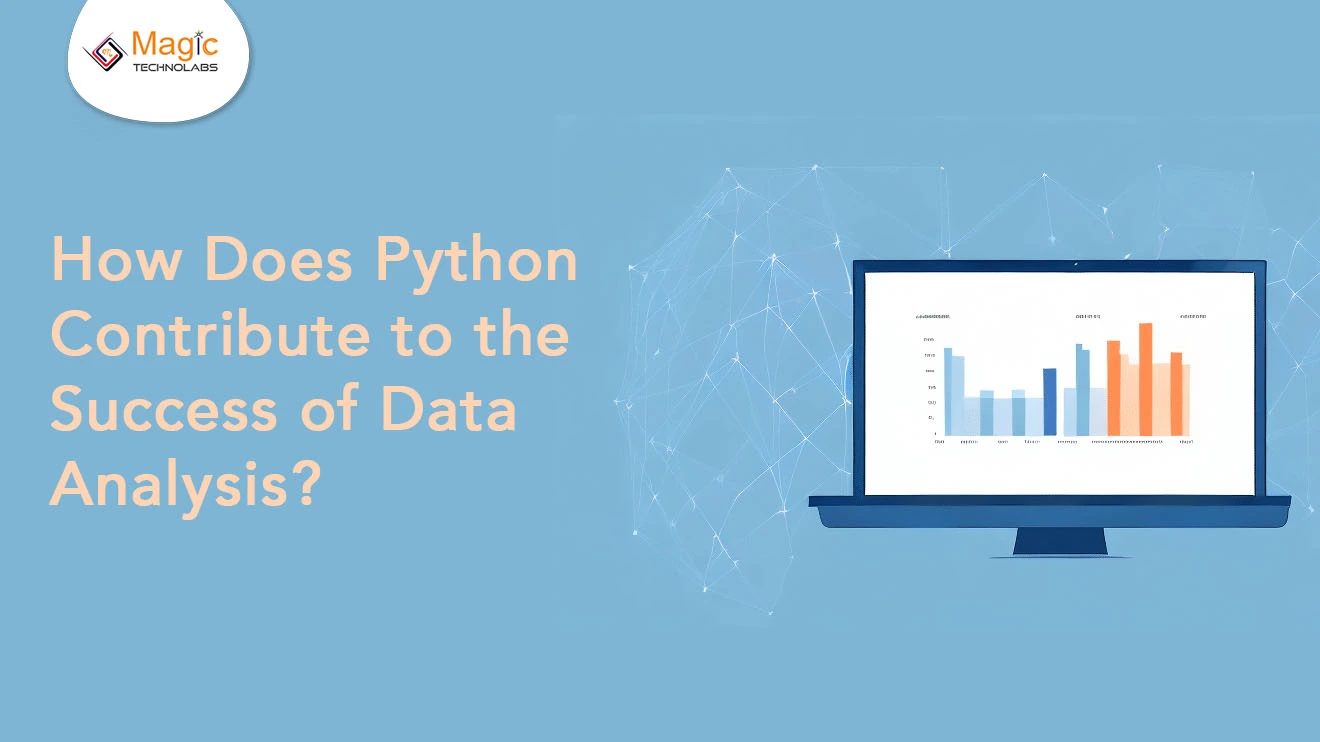Python has emerged as a powerhouse in the realm of data analysis, playing a pivotal role in the success and evolution of this field. Its versatility, rich libraries, and user-friendly syntax contribute significantly to the efficiency and effectiveness of data analysis processes.
1. Versatility and Ease of Learning
Python's syntax is intuitive and readable, making it accessible to beginners and enjoyable for experienced developers. Its versatility allows data analysts to seamlessly transition from data manipulation and analysis to other tasks, such as web development or automation, all within the same language.
2. Extensive Libraries for Data Handling
Python boasts a wealth of libraries tailored for data analysis. Pandas, NumPy, and Matplotlib are just a few examples. Pandas excels in data manipulation and analysis, NumPy provides support for numerical operations, and Matplotlib facilitates data visualization. These libraries streamline complex data tasks, allowing analysts to focus on insights rather than intricate coding.
3. Scalability and Performance
Python's performance, when combined with optimized libraries or tools like Cython, enables efficient handling of large datasets. Its scalability makes it suitable for a wide range of data analysis projects, from small-scale exploratory analyses to large-scale, enterprise-level applications.
4. Community and Support
Python's active and vibrant community is a driving force behind its success in data analysis. The community continually contributes to the development of new libraries, shares best practices, and provides support through forums and documentation. This collaborative environment accelerates learning and problem-solving in the field.
5. Integration with Machine Learning and AI
Python seamlessly integrates with popular machine learning and artificial intelligence libraries, such as scikit-learn, TensorFlow, and PyTorch. This integration allows data analysts to transition from descriptive to predictive analytics, enabling them to uncover patterns, make predictions, and derive valuable insights from data.
6. Data Visualization Capabilities
Python's data visualization capabilities, facilitated by libraries like Matplotlib, Seaborn, and Plotly, empower analysts to present findings in a visually compelling manner. Effective visualization is essential for conveying complex insights to both technical and non-technical stakeholders.
In conclusion, Python's success in data analysis can be attributed to its versatility, extensive libraries, ease of learning, scalability, community support, integration with machine learning, and robust data visualization capabilities. As the field of data analysis continues to evolve, Python remains at the forefront, empowering analysts to extract meaningful insights and drive informed decision-making.
















